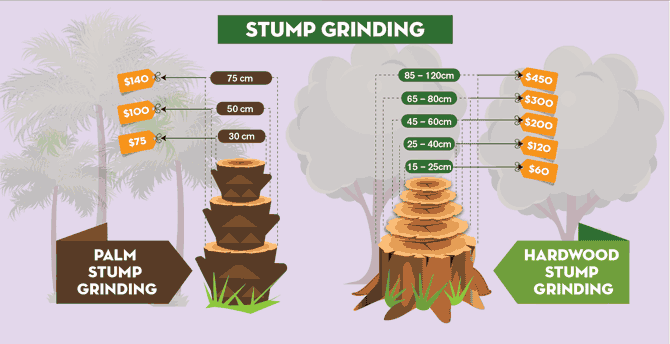Tree Care By Period: Reliable Methods For Handling Trees Prior To And After Their Elimination
Tree Care By Period: Reliable Methods For Handling Trees Prior To And After Their Elimination
Blog Article
lending tree customer service -
When it pertains to seasonal tree treatment, making certain proper monitoring before and after removal can dramatically influence the wellness and visual appeals of your landscape. By comprehending the necessary actions involved in examining tree health and wellness and preparing for elimination, you can proactively guard your residential property. Yet what regarding the crucial methods to follow once the tree is gone? Stay tuned to find the vital post-removal care steps that will aid you cultivate a successful and lasting setting for your trees.
Pre-Removal Tree Treatment
Prior to dealing with the removal of a tree, it's critical to focus on pre-removal tree treatment. Begin by examining the tree's health and wellness and structural stability. Try to find signs of illness, bug infestations, or any kind of structural problems that may present a safety risk throughout elimination. It's important to talk to a qualified arborist to identify the best course of action.
Trimming dead or diseased branches can protect against more damages to the tree and make sure a smoother removal process.
Furthermore, consider the environmental influence of eliminating the tree. Trees play an important function in our ecological community, so planting a new tree in an ideal area can aid counter any kind of loss. Guarantee that you have the needed permits and permissions for tree removal, specifically if the tree is secured by regional policies.
Seasonal Maintenance Tips
Examining your tree's requirements throughout the year is imperative for its health and wellness and longevity. To maintain your trees in leading problem, follow these seasonal upkeep pointers.
In spring, focus on trimming to get rid of dead or broken branches and urge brand-new growth.
Summertime requires routine watering, particularly throughout droughts, to guarantee your tree remains hydrated.
As fall strategies, keep an eye out for early indications of illness or tension, and think about applying mulch to shield the origins throughout winter season.
In wintertime, beware when eliminating snow from branches to stop breakage, and continue to monitor your tree's general health and wellness.
Bear in mind to readjust your care routine based upon the certain requirements of your tree varieties and regional climate. By remaining alert and aggressive throughout the periods, you can help your trees thrive and prosper for years to find.
Post-Removal Tree Treatment
To make certain the health of your landscape even after tree removal, correct post-removal care is essential. After https://www.bobvila.com/slideshow/10-low-cost-solutions-for-an-ugly-lawn-51278 is gotten rid of, it's important to fill the remaining hole with topsoil and compact it to stop settling. This will certainly assist maintain the honesty of the ground and avoid prospective dangers in the future.
Consider growing brand-new plants in place of the removed tree to bring back the equilibrium and appearances of your landscape. Consistently water the location to promote the development of new plants and prevent dirt disintegration.
Examine the bordering trees for any type of indications of condition or stress that might have been caused by the gotten rid of tree. Watch out for parasites that may've been drawn in to the previous tree and take preventive measures to shield the remaining plant life.
If necessary, seek advice from a professional arborist to analyze the impact of the elimination on the bordering trees and identify any added care required. By adhering to these post-removal treatment actions, you can make sure the ongoing health and beauty of your landscape.
Final thought
In conclusion, proactive seasonal tree care is vital for keeping the health and balance of your landscape. By assessing tree wellness, trimming, and talking to an arborist before elimination, you can ensure a safe process. After elimination, filling the hole, growing new vegetation, and normal watering will certainly promote new growth and protect against erosion. Remember to examine surrounding trees for illness and seek additional care measures from an arborist to maintain your landscape growing.
